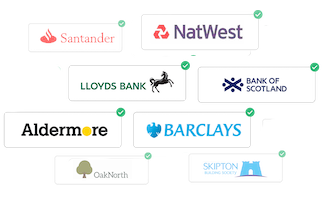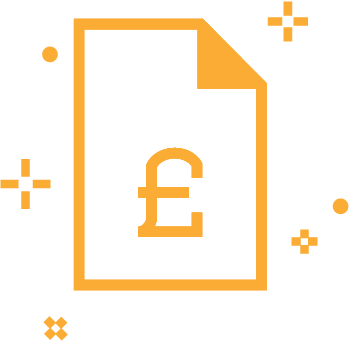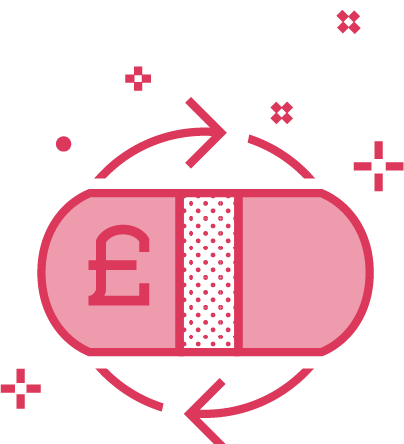
FINANCE OPTIONS - BUSINESS SUPPORT
Recovery Loan Scheme (RLS)
Picking up where CBILS and BBLS left off, the RLS will be vital in bridging the gap and will help smooth future cash flows for businesses as the economy opens up.
We're ready to help.

Picking up where CBILS and BBLS left off, the RLS will be vital in bridging the gap and will help smooth future cash flows for businesses as the economy opens up.
RLS is a new government loan scheme that will replace the now closed Coronavirus Business Interruption Loan Scheme (CBILS) and Bounce Back Loan Scheme (BBLS). Download datasheet.

Of the 1.5 million SMEs with a BBL, many will need further financing as the economy opens and working capital is squeezed. The RLS bridges the gap.
The maximum APR rate of a Recovery Loan will be 14.99%. If you assume a business requires a further £50k via a Recovery Loan and borrows at the maximum 14.99% rate, to top up their existing £50k BBL, then the weighted average APR for £100k loan will be 8.745% for £100,000 of borrowing, very close to the low end of high street overdraft range 5-35%, and much lower than credit card fees.


Lenders typically look for 1.5-2x serviceability cover based on EBITDA less Dividends less Current Debt Repayments (retained earnings)
If a business seeks a loan of £180,000 over 5 years at 5% interest, the annual repayments are £39,780.
The business must therefore generate c£75,000 of retained earnings to evidence serviceability of this new loan. If the business is unable to evidence this level of serviceability, a lower quantum offer may be made or a potential decline.
The maximum amount a business can borrow varies starting at £1,000 for asset and invoice finance, and £25,001 for term loans and overdrafts. The maximum value of a facility per business is the lesser of £10m or 25% of 2019 turnover or double the wage bill of 2019.
The borrower will always be responsible for repaying the loan. The government will only repay the loan if the business cannot - up to 80%. The repayments for RLS start from month one.
The decision to lend is at the lenders discretion. Our view, at Capitalise.com, is that lenders will only lend to businesses that have recently shown affordability to support the loan.

Once lenders have been approved by The British Business Bank you'll be able to apply for RLS funding directly from within the Capitalise platform.
Please be aware that some lenders may request additional information but this list is the minimum we need to be able to determine which lenders are
most appropriate:
• Loan amount, purpose, and term
• A short paragraph on the business background and how it has been impacted by Covid-19
• Last 2 full sets of filed accounts
• Last 12 months bank statements (PDF format & no older than 7 days)
• Shareholder & directors details - name, DOB and home address
• Up to date management accounts
• Current debt position of existing loans, facilities etc
You could use a Recovery Loan for the following business loan products:
With a Recovery Loan, term loans and asset finance facilities are available for up to six years. Business overdrafts and invoice finance are available on term lengths for up to three years.
Yes, a Recovery Loan can sit alongside existing government-supported facilities without the need to refinance - if below the maximum facility limit. Anything borrowed under CBILS or CLBILS will count towards a business’ maximum amount.
Yes, subject to meeting the scheme eligibility requirements and provided they do not borrow more than what the business is entitled to.
Eligibility is very similar to CBILS.
Provided other criteria are met, RLS is open to: